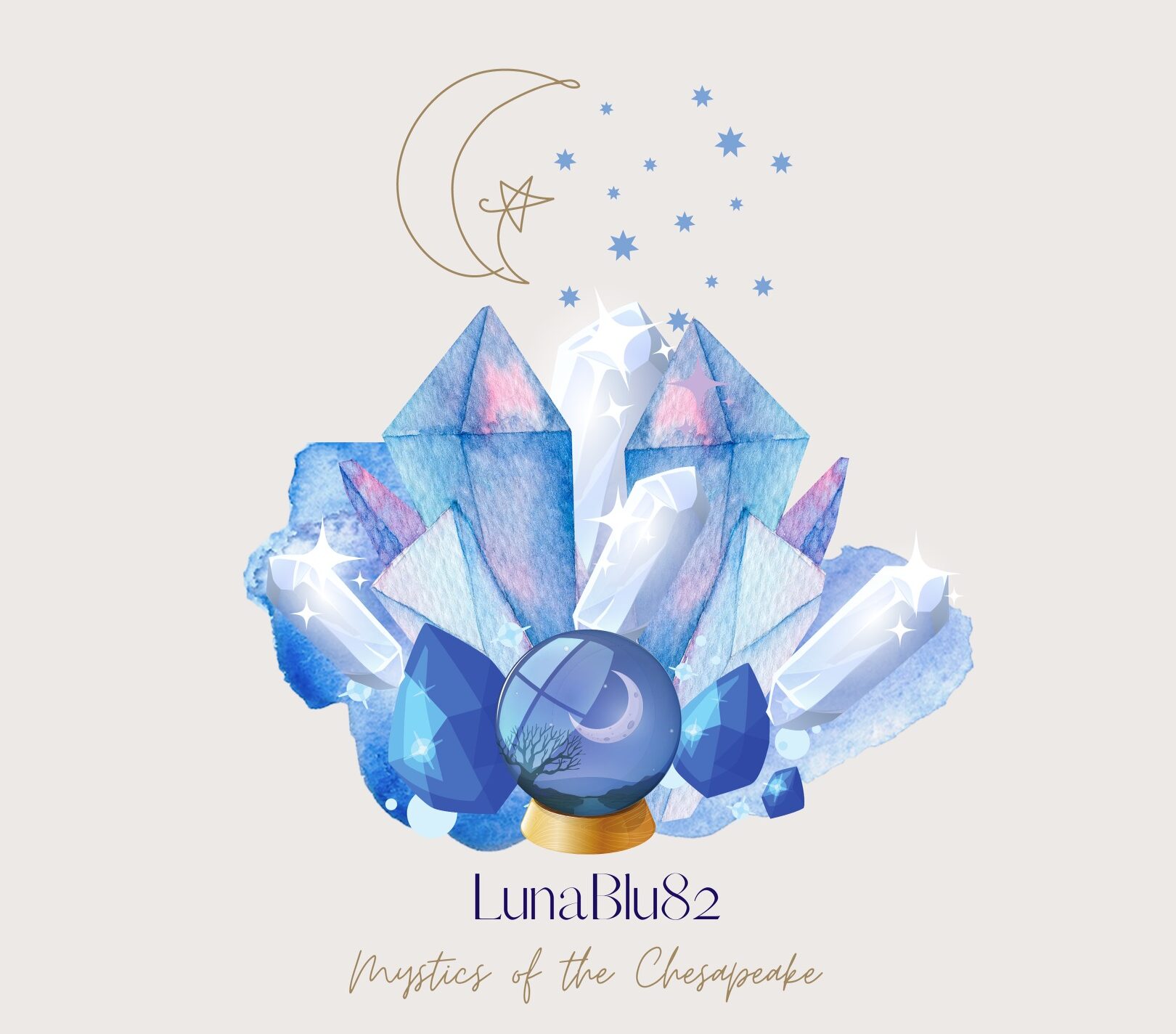In the practice of yoga, we learn to give ourselves time to pause, breathe, and check in. We can do this anywhere, at any time. The result can be a fresh perspective on where we are, what’s currently happening, and how we can best move forward with clarity, ease, and grace. So…
Pause here. Take a few deep breaths. How are you?
As I’m writing this, I’m thinking of each of you, our dedicated students and supportive community. I hope that you are feeling well and continue to let the practice support your physical, mental, and spiritual well being. For many of us this year has been challenging to say the least. As yogis, we’ve remained flexible and have adapted to the circumstances. However, with back to school season comes yet a new set of circumstances to which we will have to respond. Some of us are teachers and will be leading virtual classrooms for the semester. Some of us are parents and will be navigating work, while helping our children with their new school structure. And others are preparing for the changes in business, home life, and recreation that autumn will bring.
While I reflect on the constant change, I continue to come back to the word “perspective”. They say that there are three sides to every story: his, hers, and the truth. In other words, there are three ways to gain perspective on a situation. This notion brings us to the sanskrit word for September: Trikonasana. You probably know this word as triangle pose and that’s correct. However, if we break it down to its literal meaning, “tri” is three and “kona” means angle. Three angle posture. When you come into Trikonasana there are three ways you can look. You can turn your head to gaze toward the ceiling, you can turn your head to look down toward the floor, or you can keep your head in neutral and look toward the horizon.
When we turn our gaze upwards in Trikonasana, this is like taking a perspective that’s optimistic, hopeful, or looking to the future. If we turn our gaze towards the floor we can think of this view as a turning away from what’s present, looking to the past, or a “glass half empty” perspective. But, if we keep our head in a neutral position, we rest in the space of that third vantage point. This is the neutral space of awareness that yoga teaches us. This position corresponds to resting as the witness in the present. From this point of view there is time and space to be with the reality of the present moment and from there, craft a wise and intentional response to a given situation. The final part of Trikonasana is to extend the arms wide into Utthita Trikonasana (extended three angle pose). This final gesture is a reminder of your capacity to be open and receive what life brings your way while simultaneously standing in your power.

Now, you may be asking what’s wrong with looking up, or what’s the problem with having that optimistic vantage point that looks toward the future. Well, while there’s nothing wrong with having a positive outlook, yoga teaches us that the more we are able to rest in the space of the neutral observer in the present, the more access we have to clarity, insight, and wisdom. Keeping that in mind, I hope that you continue to give yourself room to pause, breathe, and check in. We are all experiencing change in some way and are doing the best we can. Your well being is important. Continue to show up for your practice. Show up for yourself. When you’re on your mat, every time you come into Utthita Trikonasana this month, be purposeful about where you place your attention in the pose. Have the intention to stay present. Open yourself to a new, inspired perspective and put yourself in the position that best allows you to receive the teachings so you can integrate that knowledge into clear, grounded, and thoughtful actions in your daily life.
With Love,
Mercedes
